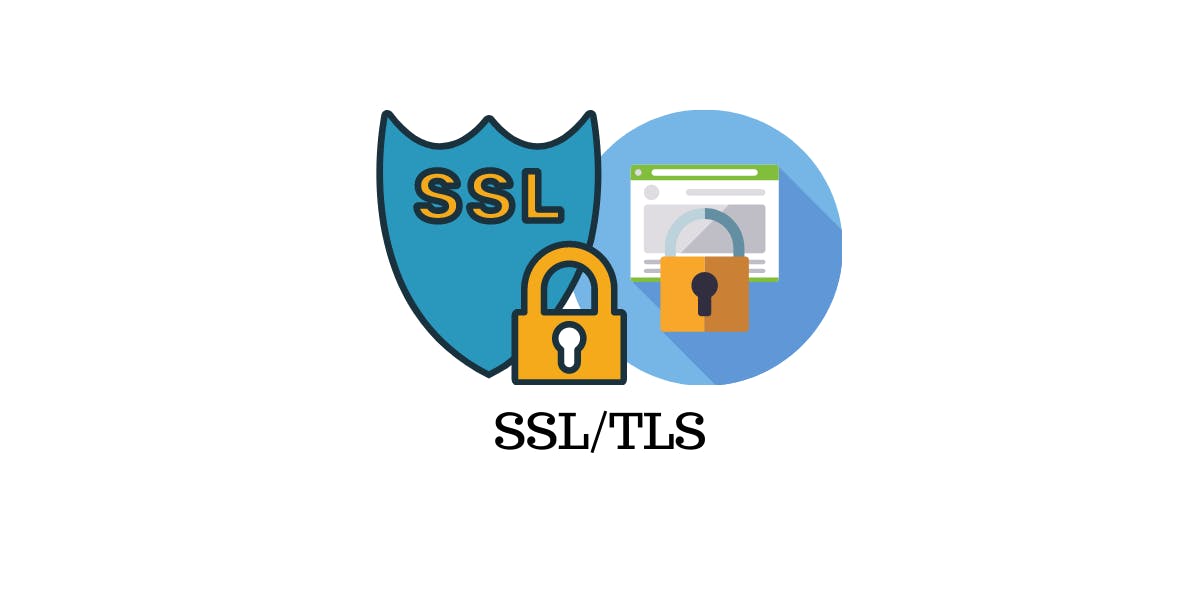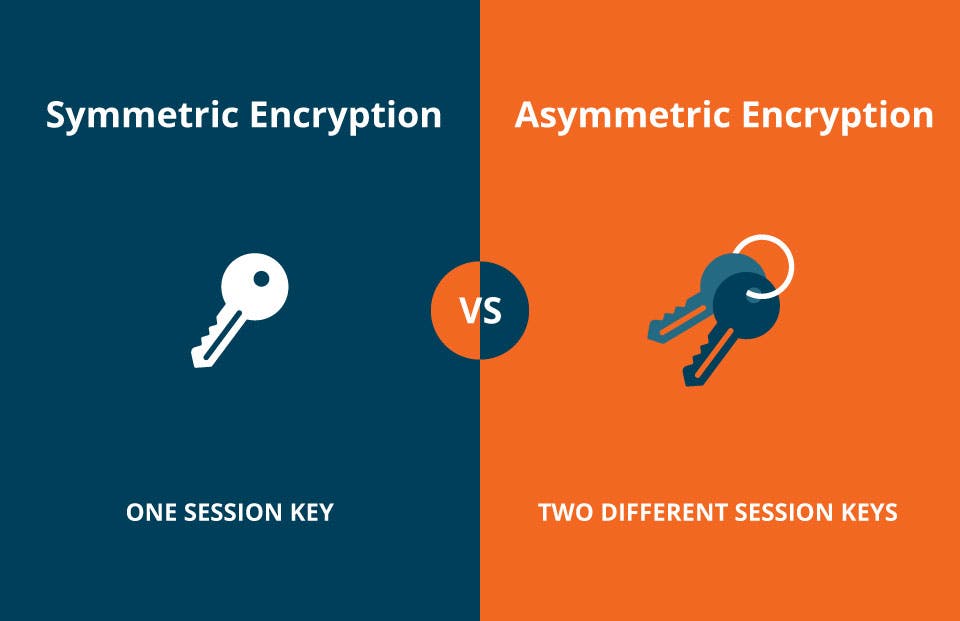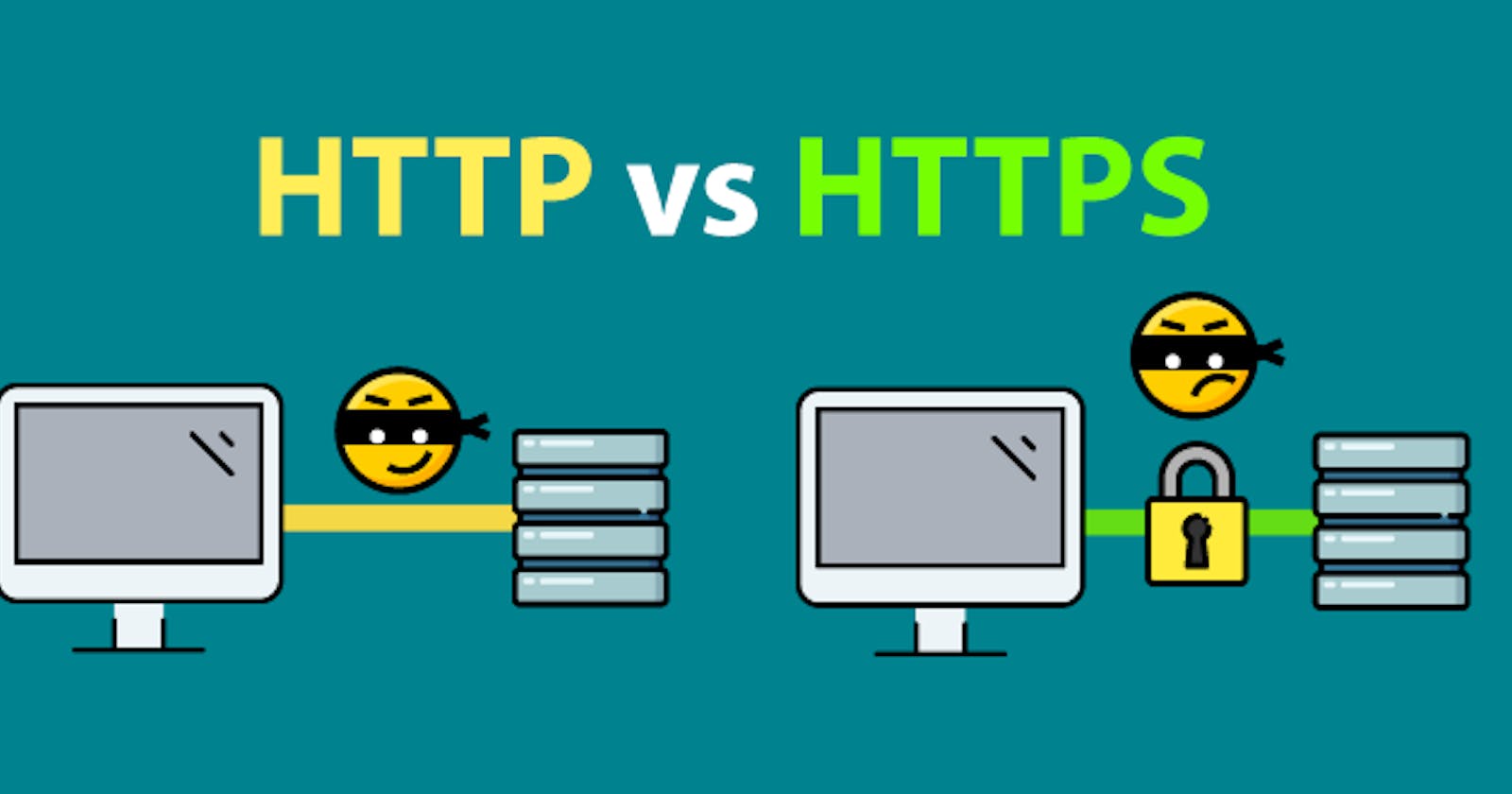Table of contents
Hello there! Have you ever observed in your browser that a URL starts with HTTP or HTTPS? Are you curious to know the difference between both? You will be amazed to see how this little addition of 'S' in HTTP changes the whole game. But firstly, we will figure out the meaning of HTTP and HTTPS. So, let's start!
What is HTTP?
HTTP stands for HyperText Transfer Protocol.
HyperText denotes the presence of documents or files. These may include text, graphics, pictures, videos, or other types of media. This also includes the webpages written in HTML (HyperText Markup Language).
HTTP offers a standard for communication between a web browser and a web server.
It is an application layer protocol of the OSI (Open Systems Interconnection) model.

An HTTP URL begins with the prefix http:// and by default uses port 80.
HTTP follows a classical client-server model, with a client opening a connection to make a request, then waiting until it receives a response.

- HTTP is less secure because it does not use any encryption method.

Features
HTTP is connectionless. The HTTP client, for example, a browser starts an HTTP request and after making that request, the client disconnects from the server. It only waits for a response. Only after the server processes the request, it re-creates the connection with the client to send a response back.
HTTP is stateless. Each request is executed independently, without any knowledge of the requests that were executed before it, which means once the transaction ends the connection between the browser and the server is also lost.
What is HTTPS?
HTTPS stands for HyperText Transfer Protocol Secure.
HTTPS is a protocol that secures communication and data transfer between a user's web browser and a website.
It is the secure version of HTTP, that makes sure you are dealing with a legitimate website and you don’t leak any personal information.

An HTTPS URL starts with https:// and uses a port number 443 by default.
The majority of websites now prefer HTTPS to HTTP. Therefore, always verify that the site uses HTTPS before providing any sensitive information, such as login into your bank account and doing financial transactions.
HTTPS encrypts messages using an encryption protocol. Previously known as Secure Sockets Layer (SSL), the protocol is now known as Transport Layer Security (TLS).

SSL/TLS encryption is of 2 types:
Asymmetric encryption: It is known as public-key cryptography. In this public key is being used to encrypt the data while the private key is being used to decrypt the data.

Symmetric encryption: It is a type of encryption where only one key is used to encrypt and decrypt the data. The entities will share the key during the communication for encrypting and decrypting the data.

Features
HTTPS follows the CIA triad, a crucial component of information security.
Confidentiality: Cookies, URLs, and other kinds of private metadata are concealed by HTTPS, which encrypts the connection of website visitors.
Integrity: Through HTTPS, a hacker cannot alter or tamper with any data that is passed between a visitor and a website.
Availability: The usage of HTTPS guarantees that the user accesses a genuine website and not a fraudulent copy.
Difference
HTTP | HTTPS |
HTTP stands for HyperText Transfer Protocol. | HTTPS for HyperText Transfer Protocol Secure. |
HTTP works at application layer. | HTTPS works at transport layer. |
HTTP transfers data in plain text. | HTTPS transfers data in cipher text (encrypted text). |
HTTP does not require any certificates. | HTTPS requires SSL Certificates. |
Doesn't improves SEO. | Improves SEO. |
Faster. | Slower. |
These were the major differences between HTTP and HTTPS. If you have any queries, then feel free to drop them in the comment box. I'd be glad to address your queries. Until then, bye bye and take care!

